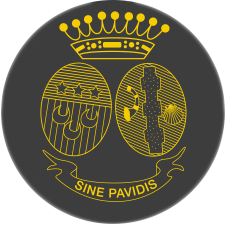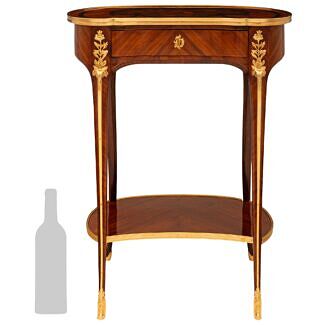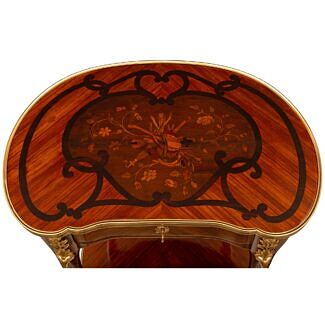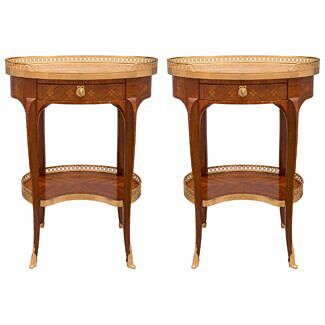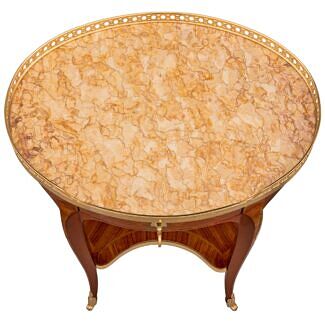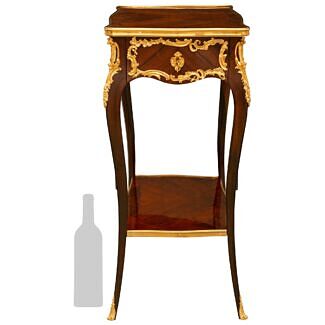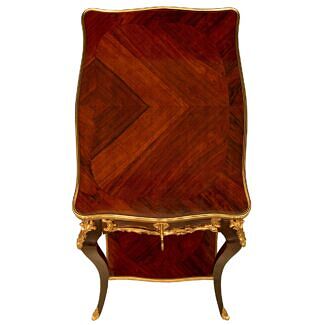A French 19th century Belle Epoque Period Transitional st. Kingwood, Rosewood and Ormolu side table, attributed to Francois Linke
List: $9,800.00
A stunning and high quality French 19th century Belle Epoque Period Transitional st. Kingwood, Rosewood and Ormolu side table, attributed to Francois Linke. This most beautiful kidney shaped table is raised on four cabriole legs accented by Ormolu berried foliate... — Read More
A stunning and high quality French 19th century Belle Epoque Period Transitional st. Kingwood, Rosewood and Ormolu side table, attributed to Francois Linke. This most beautiful kidney shaped table is raised on four cabriole legs accented by Ormolu berried foliate spines and paw feet. Connecting each of the legs is a kidney shaped display surface with exceptional Kingwood and Rosewood inlays. The front apron is decorated with an Ormolu beaded bottom border and continuous garland motif on all four sides, including the front concealed drawer. The kidney shaped top features masterfully executed floral Kingwood and Rosewood marquetry, and is framed by a finely detailed Ormolu gallery. — Read Less
- Item # 14241
-
H: 30.25 in L: 20.75 in D: 14.25 in
H: 77 cm L: 53 cm D: 36 cm
- France
- 19th Century
- Kingwood, Ormolu, Rosewood
- Belle Époque Period Read More, Transitional st. Read More
- François Linke Read More
Related products
-
# 13847 - H: 28" L: 21" D: 16"
A French 19th century Louis XV st. Kingwood, Tulipwood, and Ormolu side table, signed Sormani, Paris
-
# 13834 - H: 28" L: 22" D: 14"
-
# 11806 - H: 27" L: 20" D: 14"
A pair of French 19th century Louis XV st. kingwood, charmwood, ormolu, and Trets marble side tables
-
# 13050 - H: 30" L: 19" D: 14"

